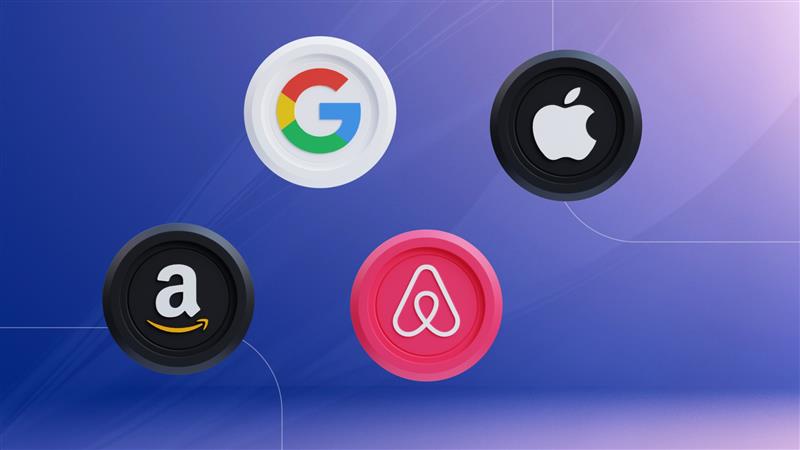
People think design = making things look good and nice to view and True design solves problems, and drives outcomes.
Myth of Design
Design isn’t about adding colors and shape after the work is done, it’s about shaping the way people think, act and connect with the right message you want to deliver to your audience.
If design is decoration then every good looking typeface can be used for any design but reality is each typeface has a personality and texture, and influence of human behavior.
For Example: A poorly structured website will remain confusing no matter how many shapes or animations you throw on top. Similarly, an app with cluttered navigation cannot suddenly become usable just because the buttons are colorful.
The True Purpose of Design
Design, at its core, is about problem-solving. It is the bridge between human needs and solutions. Every decision from the placement of a button to the tone of a message, is a design decision that shapes how people think, feel, and act.
A strategically designed app doesn’t just look sleek, it encourages users to spend more time, engage deeper, and return frequently. Good design aligns with business goals (trust, usability and its impact on complete user experience filled with emotions and gives a solid presence with a unique personality in the market.
Why Design is Strategy
- Design drives business outcomes
- A beautifully designed checkout flow is not decoration — it is revenue
- A seamless onboarding experience is not decoration — it is retention
- Design shapes trust and perception
- People judge a product’s credibility within seconds of using it. Strategic design builds confidence, while poor design erodes it, no matter how good the core idea is
- Design scales vision
Decoration fades, but design systems sustain growth. When you create a strong design strategy, you are not just designing for today — you are designing for what the product can become tomorrow.
Real-World Examples
Apple: Their design isn’t just sleek decoration. Every detail, from packaging to interface, is strategically crafted to reinforce simplicity, quality, and loyalty.
Airbnb: They didn’t just make travel apps look good. They solved the core problem of trust between strangers by designing reviews, verification, and storytelling into the platform.
Google Search: The simplicity of the homepage isn’t about minimal decoration. It’s a strategic design choice that focuses attention on the single task: searching. The clean UI has made Google synonymous with “search” itself.

These companies prove that design is not the cherry on top; it’s the recipe for success.
One of the biggest shifts organizations need to make is moving design away from the “final polish” stage and into the strategy stage. Designers should not be asked to “make this look nice” at the end. Instead, they should be involved from the start, shaping the way the product is built, experienced, and scaled.
Decoration pleases the eye, but strategy shapes the future. Design that is treated as decoration is quickly forgotten. Design that is treated as strategy transforms products, businesses, and even cultures.